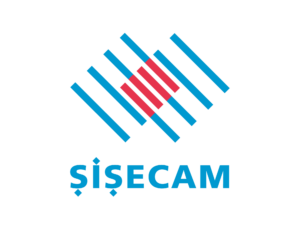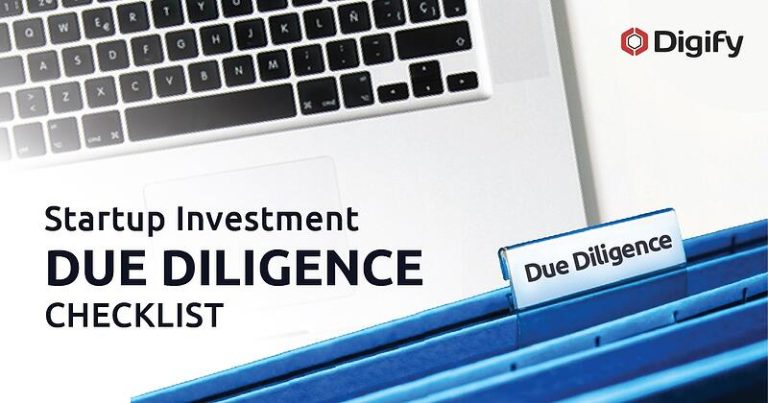A virtual data room (VDR) allows organizations to securely send and store confidential documents during due diligence. Whether you are going through a startup fundraising process or exploring mergers and acquisitions (M&A) and other types of deals, VDRs can help streamline and accelerate the due diligence process.
Documents reviewed in the due diligence process can include financial statements, cap tables, lists of shareholders, intellectual property (IP), employee, and management agreements. If these documents leak beyond the authorized parties, it could result in unwanted media attention and affect the entire dealmaking process. Or even worse, if competitors get their hands on these documents, they could use the information to gain an advantage.
By using a virtual data room, you ensure that documents are only being accessed by authorized people according to your rules and permissions.
It’s important to prepare ahead of time to make sure your virtual data room is ready to maximize productivity and security. Here are seven steps to help you properly set up your data room for due diligence and other transactions.
Step #1 – Choose a data room that fits your needs
There are a wide range of data rooms with various features and functionality at every price point. This can make it confusing to know what’s the best virtual data room for your particular needs.
Here are the most crucial factors for evaluating what VDR solution you should choose:
Security
Security is one of the most reviewed features when it comes to setting up a virtual data room for due diligence. Tempted to use cloud storage? You might be compromising on security.
To ensure that your documents are protected during due diligence, look for data room software that is purpose-built for security. A purpose-built data room will make you look more professional to your investors or buyers.

VDR Tip #1:
You may want to avoid some of the more popular cloud storage providers for due diligence. Instead, consider data room solutions that are specially designed with workflow and security in mind.
This means that the VDR should be able to encrypt your files in the data room both in storage and in-transit. You should have the option to turn on additional verification for your recipients to ensure that only authorized users can access your files. You should be able to set detailed user permissions and revoke access rights during any stage of your project. Also consider if you need additional security features and digital rights management tools such as watermarks and other restricted view functions to discourage leaks.
Workflow & ease of use
Virtual data rooms should be quick to set up and the interface should be user-friendly. The data room should be optimized for your due diligence workflow, such as displaying an NDA/Terms of Access before allowing access to the files, and having auto-numbering features. Before making your decision, remember to look up reviews of data room providers to learn how users report on the functionality and experience using the VDR, such as how easy it is to invite users and upload and organize documents. Also, most data room services should include instant notifications of document uploads and other activity.

VDR Tip #2:
See if your data room solutions offer key security features such as access control, watermarking, copy protection, expiry, NDA and reporting in one platform. If you go with a provider that doesn’t, you may be forced to separately find and install standalone tools, which may make your workflow more complicated.
Reporting
Make sure you have access to a detailed history of your users’ activity, so you can see how, when and for how long your recipients engaged with your document. This can be helpful when you are keen to find out which investors are most engaged with the process for reminders and follow-ups.
Pricing
Price is a common consideration when choosing a data room software provider. Find out how the pricing plans depend on the number of people who can create data rooms, number of data rooms that can be created and how many recipients can be invited. Other factors to consider include additional security features that come with the plan.
Step #2 – Figure out which data rooms should be used at what stage
Some companies set up separate data rooms for the different stages of the dealmaking process or based on the level of sensitivity of the files that need to be sent. For instance, you can create a data room for teaser decks and other preliminary information during the early stages of fundraising to send with a large number of interested investors.
You can then have another VDR for sending highly confidential files with a select group of investors who show strong interest for the actual due diligence. Make sure you understand what your particular needs are beforehand to be as productive and streamlined as possible while maintaining control over all your documents.
Step #3 – Follow the due diligence checklist
Once you’re in the due diligence phase, your lead investor may give you a diligence checklist. This will give you an idea of all the documents – company’s assets, liabilities, contracts, benefits, and potential problems – that need to be prepared for due diligence.
Ideally the checklist will also give you an indication of how to organize your virtual data room. Some businesses follow their own due diligence checklist to prepare for fundraising. In this case, when the investor asks about due diligence you already have the information ready to help speed up the overall process. Some investors may be comfortable accessing a pre-prepared data room, and ask you for additional information.
Step #4 – Create and organize the data room with a file structure
Using the due diligence checklist, you can create a file structure to organize the data room. It’s important to ensure that everyone can find the files they need, especially when sending a large number of files with multiple stakeholders. Proper attention to file-naming conventions, categorizing, ordering, and indexing is essential to maintaining organization. This index should correspond to your due diligence checklist.

VDR Tip #3:
Look for data room software that comes with a file indexing feature. File indexing is a method that makes a file easily available by automatically creating an index number to locate it. This number will be automatically renumbered when you rearrange the files if you should modify your due diligence checklist, saving you time and effort.
Step #5 – Set the access levels, permissions, and security settings
Decide what access permissions should be given for each of your stakeholders. You’ll want to consider the factors below to help you choose your data room settings:
Access control
Ask yourself if you want to make the files accessible to only a few individuals, or to grant more flexibility to investors. Different data room providers have differing features to address flexibility in access control such as locking access to a certain domain.
Printing and downloading
You should be able to choose whether to allow recipients to download and print documents.
Note that data rooms cannot control documents after they have been downloaded and printed. So if you allow recipients to download your documents, you need to be confident that there will be no consequences of the information in these documents getting out. If in doubt, apply dynamic watermarks to your documents.
Adding watermarks and access agreements
Before uploading the more sensitive files in your data room, see if you can add watermarks to your documents. This will help to discourage recipients from sending these documents even after they download. Some data room providers also offer the functionality to present terms of access agreements for recipients to accept before viewing documents. These measures are especially useful to ensure intellectual property protection during the due diligence stage.
Step #6 – Gather the necessary documents and upload
Once you have figured out the security settings for your data room, it’s time to upload your documents. Sometimes you may need to vet and redact sensitive information. If this is the case, make sure you notify your investors beforehand in good faith.
Step #7 – Invite your investors to the data room
Depending on the stage of the due diligence process, you can invite investors to the specific data room that you have set up for them. Typically there are various permissions and expiry settings that you can choose during the set up.
Final takeaways
It’s important to plan ahead when setting up a data room for due diligence or any other business transactions. You’ll want to keep in mind what your dealmaking process will entail so you can prepare accordingly. Then you can follow the seven steps outlined in this article to set up your data room for your specific needs.
Digify’s virtual data room services are quick and easy to set up for due diligence for fundraising, M&A and other complex deals.
Digify’s data room analytics can give you insights about investors’ engagement with your documents. Knowing who accesses your documents most frequently and for the longest duration can help you identify those who are most likely to invest and move the deal to the next stage.
Start building a data room in minutes by starting a 7-day free trial of Digify’s virtual data rooms today.












